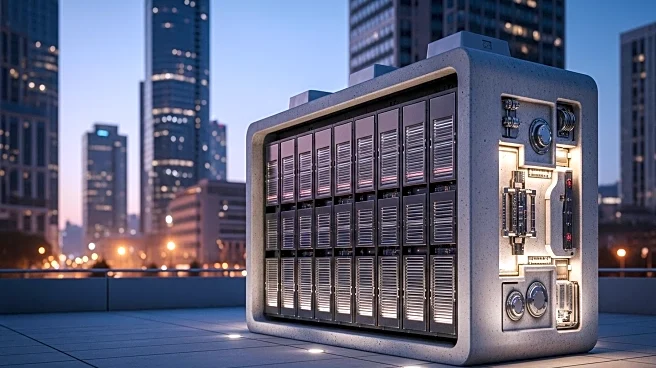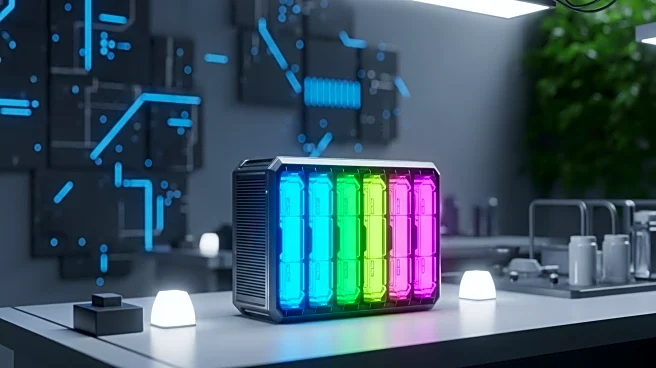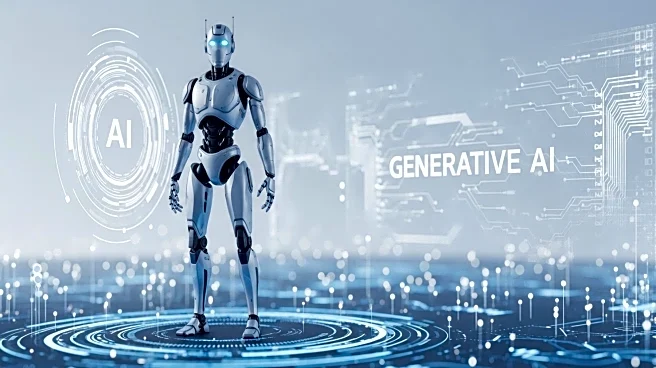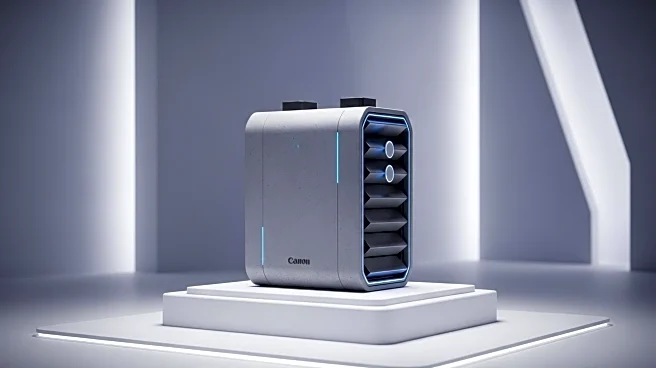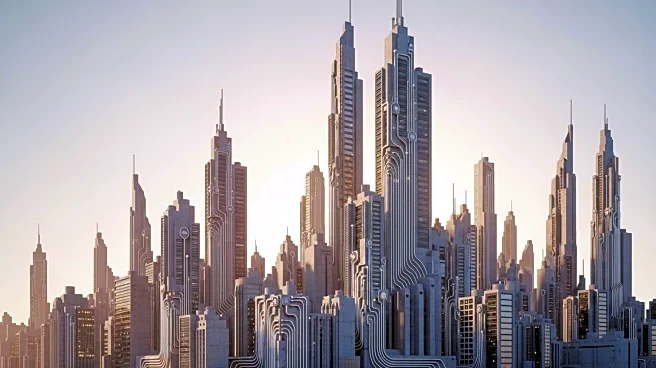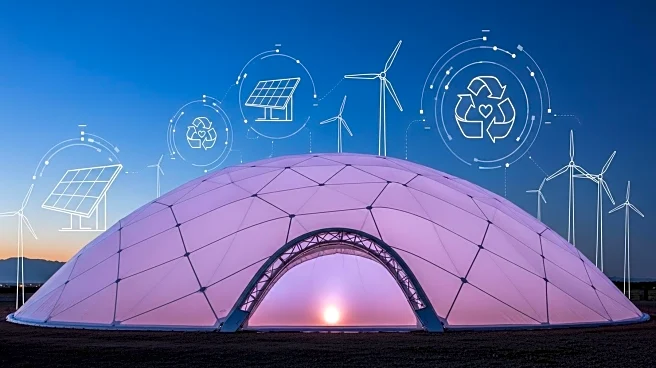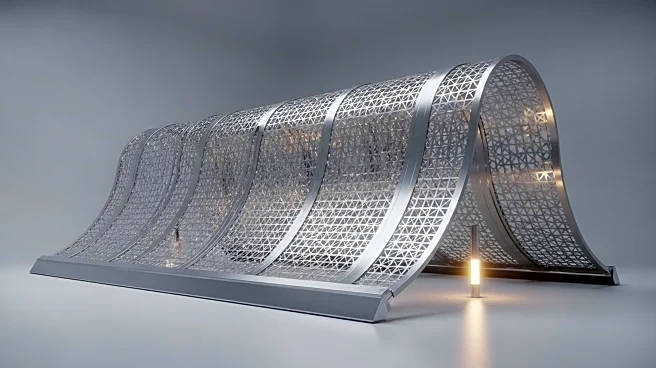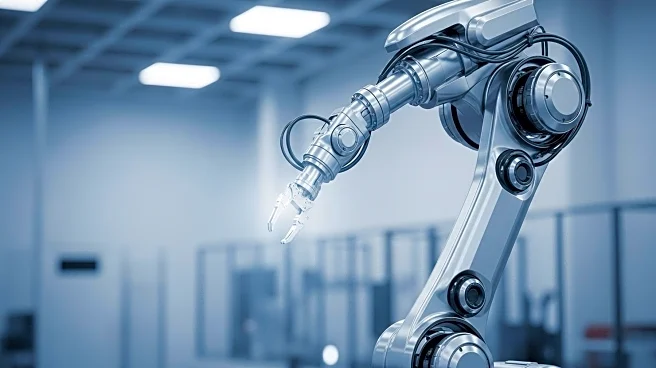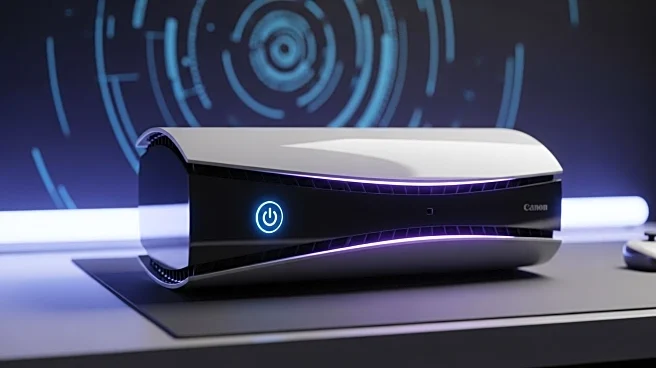What is the story about?
What's Happening?
MIT researchers have significantly improved the energy storage capacity of a new type of 'concrete battery' known as electron-conducting carbon concrete (ec³). This material combines cement, water, a liquid electrolyte, and carbon powder to create a dense, conductive network capable of storing and releasing energy. The latest advancements have increased the energy storage capacity tenfold since 2023, allowing five cubic meters of ec³ to store over 10 kilowatt-hours of electricity, enough to power a typical household for a day.
Why It's Important?
The development of ec³ represents a breakthrough in energy storage technology, offering a sustainable solution to one of renewable energy's biggest challenges: local energy storage. Unlike traditional batteries, ec³ can be integrated directly into building components, potentially transforming infrastructure into large-scale energy storage systems. This innovation could support the transition to renewable energy by providing a reliable power source when solar or wind energy is unavailable, thus enhancing energy resilience and sustainability.
What's Next?
Researchers are exploring real-world applications for ec³, including off-grid homes and roads that could charge electric vehicles. The material has already been tested in Japan for heating sidewalks in snowy conditions, suggesting potential uses in sustainable construction. The team is working on further improving the material's performance and exploring its multifunctional capabilities, such as carbon dioxide absorption and self-repair.
Beyond the Headlines
The integration of ec³ into construction materials could lead to a paradigm shift in how infrastructure is designed and utilized. By combining modern nanoscience with traditional building materials, ec³ offers a new approach to sustainable development, potentially reducing reliance on scarce or toxic materials and contributing to carbon reduction efforts.
AI Generated Content
Do you find this article useful?
